The content of the article
A newborn baby has a fragile digestive system, so absolutely any product can cause an unpredictable reaction of the stomach: colic, gas formation, increased acidity, etc. Even tasty and healthy cocoa is not recommended for breastfeeding, because the beans that make the drink and chocolate are are strong allergens.
Of course, if you listen to nutritionists and pediatricians, the expectant mother can eat only air and natural milk. Cocoa, like any product, has contraindications and side effects, but if used properly, it will benefit the mother and baby.
Properties and benefits of cocoa in lactation
All pediatricians remember cocoa as a source of caffeine. However, this tonic component is very small in it - 0.2%, therefore, with normal use of the drink, it does not overexcite the nervous and cardiovascular systems.
In addition to caffeine, other beneficial substances are included in the composition:
- proteins of plant (cocoa beans) and animal (milk) origin;
- vitamins of groups A, B, E and PP;
- minerals (calcium, potassium, magnesium and others);
- cocoa oil;
- organic acids;
- tannin components (tannin);
- polysaccharides;
- cellulose;
- alkaloids (theobromine);
- starch, etc.
Thanks to these substances, the beneficial properties of cocoa for the body are noted.
- CNS stimulation. It improves memory and concentration, attention, productivity, improves mood. The brain works better, allowing you to learn a new small organism. Cocoa beans contribute to the production of "hormones of happiness": serotonin and endorphin. They improve overall well-being and mood, soothe and help fight depression.
- Strengthening the cardiovascular system. Potassium and magnesium tone the blood vessels and heart muscle, increase the elasticity of the vascular walls, gently reduce pressure, improve blood flow in the brain.
- Improving the condition of the skin, nails and hair. "Beauty Vitamins" A and E positively affect the regeneration of the epidermis, strengthen and accelerate the growth of the nail plate, heal the hair follicles.
- Strengthening the musculoskeletal system. Cocoa contains valuable proteins and calcium, which develop the bone and muscle tissue of organisms, contribute to the correct formation of the skeleton in crumbs.
- They cleanse the body. Tannins and other components allow you to cleanse the body of toxins, slag, poisons, metal salts and metabolites.
How to choose
Most of the powders on the market were obtained from beans grown with chemicals. Collection and processing take place in undeveloped countries with non-compliance with sanitary standards. All this can lead to the production of a poor-quality product that will cause allergies or eating disorders in infants.
What you need to know when choosing raw materials:
- High price. Unfortunately, in most cases only it is an indicator of a decent quality of the powder.
- Packaging. Give preference to raw materials packaged in foil - so it will retain its beneficial properties longer and will be protected from moisture, parasites and sunlight. Dampness can enter cardboard boxes, which will ruin the product.
- Structure. When lactating, you can use only natural cocoa - that is, ground powder from cocoa beans with the addition of oil. Children's Nesquik, Brumi and other similar brands contain sugar, flavor enhancers and aromatic additives that can still harm the baby.
- Manufacturer. Avoid acquiring a Chinese product, because the country simply buys second-rate raw materials, packs and processes, resulting in low-quality, but cheap goods. Natural cocoa powder from South America is considered worthy.
- Fat content. During breastfeeding, prefer a product with a fat content of up to 15%.
- Grinding Good cocoa will be finely ground rather than granulated.
How to use
A woman should introduce a drink into the diet, taking precautions.
- Do not drink cocoa until the baby reaches 3 months. At the first test, do not allow yourself more than 1-2 sips. At the same time, observe during the day the reaction of the child - if there are any rashes on the skin, if the behavior has changed, whether the gazes have become more frequent. If all is well, then the dose can be increased, and if there are alarming signs, then postpone the attempt for another month.
- Drink after feeding. This will reduce the risk of allergic reactions in the child, because part of the drink and its components will have time to assimilate.
- Do not consume more than 2 times a week. No more than 1 standard cup (up to 200 ml) is put per day.
- Drink in the morning. Caffeine can cause excitement of crumbs, as a result of which it will not fall asleep at night.
- Do not brew strong cocoa - not more than 1 teaspoon of natural product per 300 ml cup. Do not abuse sugar during cooking, and use milk with low fat content.
- Do not drink on the day when the baby is tormented by colic, diarrhea, or he ate badly.
Is cocoa harmful to babies?
Unfortunately, cocoa beans contain elements that are harmful to the child.
- Caffeine. Even in low concentrations, it can overexcite the fragile central nervous system, as a result of which the baby becomes restless, sleeps poorly and sleeps little.
- Alkaloids. Normally, these substances have a positive effect on the adult body. But dangerous theobromine along with caffeine excites the brain and peripheral nervous system. It also interferes with the normal absorption of calcium, as a result of which the child’s bone apparatus and kidneys may be affected.
- Allergens. In this case, cocoa butter, proteins and chitin (the shell of cockroaches) can cause an individual reaction of the body.
- Carcasses of parasites. Oddly enough, in the modern world they have not learned how to process cocoa beans normally, so the carcasses of the cockroach inhabitants regularly fall into the general grinding.
- Chemical components. We all buy cocoa from a particular company. The manufacturer can use various preservatives, enhancers, flavors and colorants to improve the color and taste characteristics of the powder. In addition, we do not know on which plantation cocoa beans were grown - whether pesticides and chemicals were used to accelerate growth, treat parasites, etc.
When breastfeeding, cocoa can be drunk rarely and with caution. It is important to carefully monitor the reaction of the baby to the drink, not to abuse it in the evening and, if possible, use only 100% cocoa bean powder.
Video: what and how much should I drink while breastfeeding?

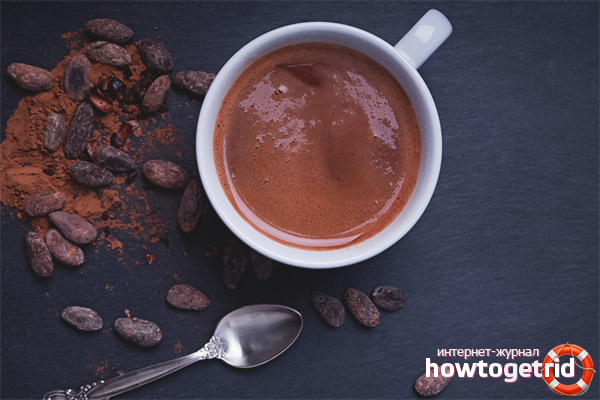
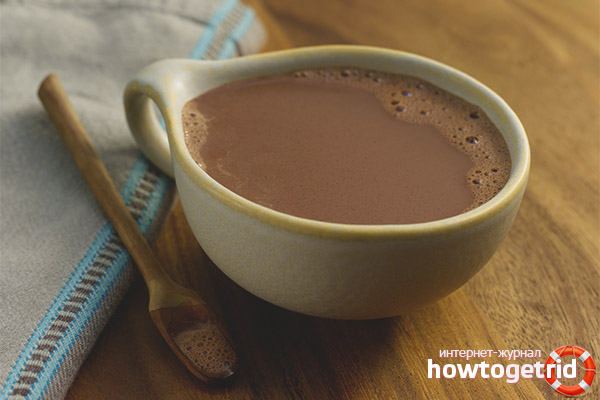
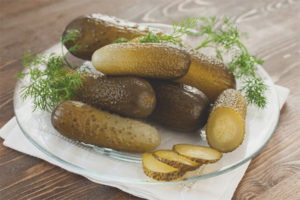
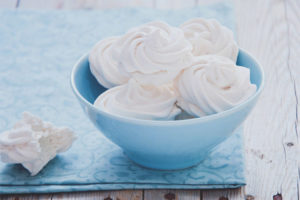
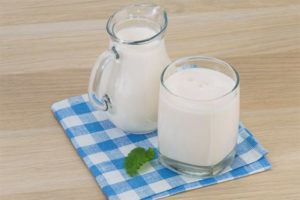
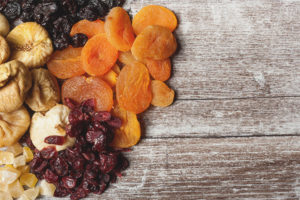


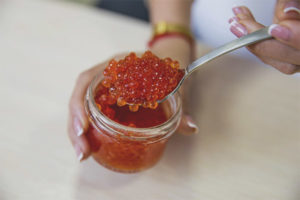
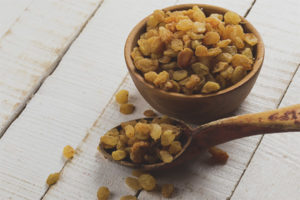
Submit